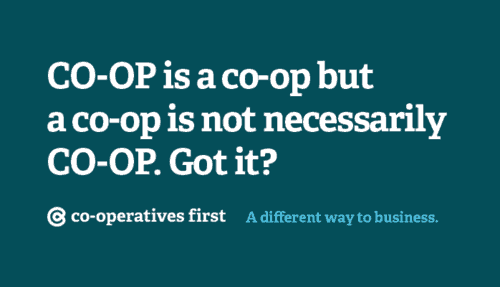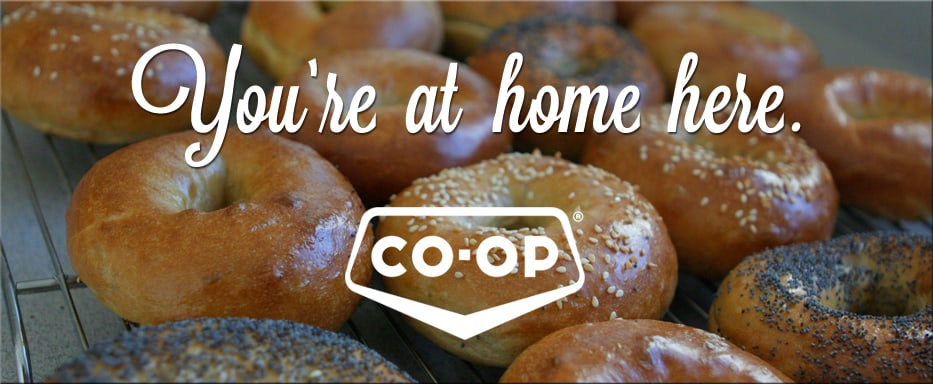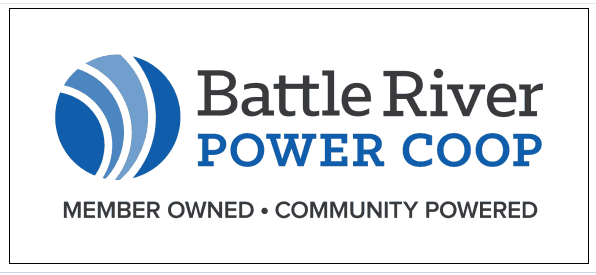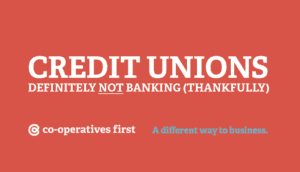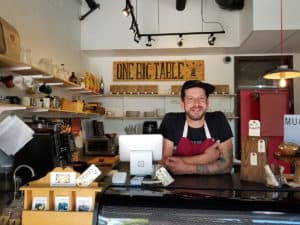The Co-operatives First team travels across western Canada raising awareness of the co-operative business model and exploring business opportunities in rural and Indigenous communities. We attend a lot of tradeshows and conferences, deliver presentations and host community meetings. Along the way, we often encounter misconceptions about what is a co-op is and who makes up a co-operative business. Let’s explore one of these misconceptions.
“Are you part of the Co-op Grocery Store?”
The Co-operative Retailing System is one of the most recognizable brands in western Canada and includes over 200 locally-owned co-op associations serving millions of member-owners. Co-op stores have become so widely recognized that many people equate the words “co-operative” or “co-op” with these stores. While we love that people have become so familiar with Co-op stores (or the Co-op brand), this confusion does indicate a problem related to a broader awareness of the co-operative business model.
DISCLAIMER: Co-operatives First is proudly funded by the Co-operative Retailing System and Federated Co-operatives Limited. We think they’re awesome, and hope this post provides a bit of clarity and perhaps an even better appreciation of their business.
The Co-operative Innovation Project, conducted by the Centre for the Study of Co-operatives at the University of Saskatchewan, found knowledge of co-operatives to be surprisingly low among those contacted. Approximately 23% of rural respondents and 41% of Indigenous respondents said “no” or “don’t know” to the question “Do you know what a co-operative is?” The study also found that many people’s knowledge was limited to Co-op Stores, Co-operators Insurance and credit unions.
Thankfully, one of the key brand differentiators of these large businesses is their business model, which prioritizes local economies and community interests over shareholder earnings. This makes Co-op stores much different than Sobeys, the Northern Store or SuperStore, and Co-op stores are tangibly better for the local economy. Federated Co-operatives Limited (FCL), the wholesale and manufacturing arm of the Co-operative Retailing System, has done an excellent job recently of pointing out their connection to local ownership, community leadership and the co-op model through numerous community investment efforts, but also more broadly through the “Let’s Talk Co-ops,” “You’re at Home Here,” “Grown at Home” and “It’s a Co-op Thing” campaigns and branding.
But the subtleties of branding only go so far in educating specifics, and FCL’s priority is quite rightly its shareholders’ brand over the model itself, and that’s why Co-operatives First is engaging in a broad educational effort on the co-operative business model with a specific focus on rural and Indigenous communities.
More than gas stations and insurance
Beyond stores, financial institutions and insurance, the co-operative business model can be applied to just about any industry and there are many examples of innovative co-operative businesses throughout Canada and around the world. From daycares to power production and investment firms to online platforms, the model performs well in all sectors.
Innovations on the business model are limited only by the ingenuity of the incorporating shareholders. This ingenuity combined with some forward thinking in the creation of foundational documents will help ensure the success and long-term sustainability of the business.
The best co-operative businesses are successful because they organize an invested group of people around an opportunity. In some cases, the opportunity is better engaged through limited membership with multiple classes of shares to ensure a functioning hierarchy in the company. The Victoria-based platform co-op, Stocksy, is a great example of this type of innovation. In the case of FCL, the opportunity is scale and the members are individual stores. By joining forces, these independent stores increase purchasing power and efficiencies, while introducing a level of sophistication to administration, procurement and logistics that allows individual stores to compete with their chain box-store, investor-driven competitors.
Learn more
Want to explore an opportunity or learn more about the model? Contact us. We host community meetings, present to groups and support all levels of business development. Plus, we have resources and networks to help guide you and your group through the process.

 Written by
Written by 